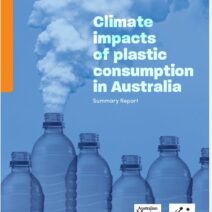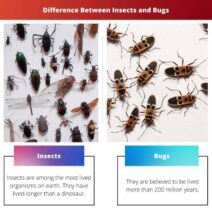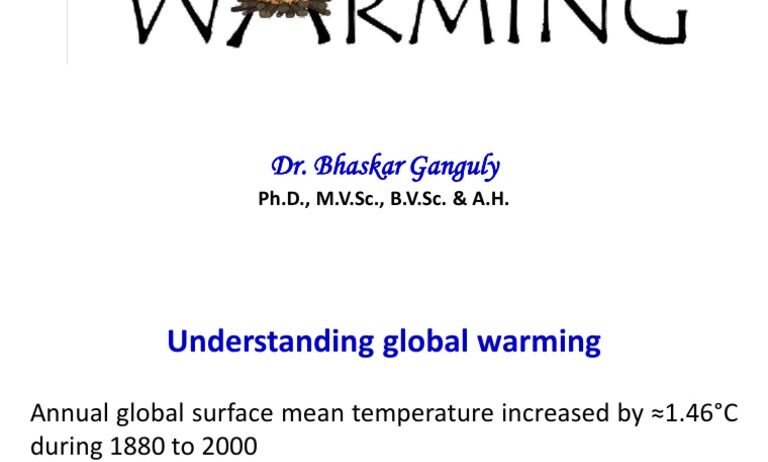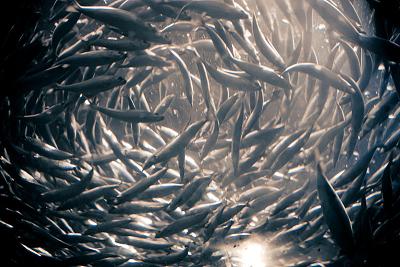The intricate relationship between farm animals and global warming is a crucial aspect of environmental discourse that warrants comprehensive examination. Livestock emissions represent a significant portion of the greenhouse gases that contribute to climate change. This phenomenon is underpinned by various factors, including the biology of the animals, the practices within the agricultural system, and the broader implications for our ecosystem. Understanding these dynamics is essential for formulating effective strategies to mitigate climate change.
To appreciate the impact of livestock on global warming, one must first comprehend the primary greenhouse gases involved. Methane (CH₄), carbon dioxide (CO₂), and nitrous oxide (N₂O) are the principal contenders emitted through livestock management. Among these, methane is particularly egregious due to its potency as a greenhouse gas. Over a twenty-year period, methane is approximately 84 times more effective at trapping heat in the atmosphere than carbon dioxide.
These emissions stem predominantly from enteric fermentation, a digestive process inherent to ruminants such as cows, sheep, and goats. During digestion, complex carbohydrates are broken down in the stomach, producing methane as a byproduct. This natural digestive process is exacerbated by modern farming practices that prioritize rapid growth and high productivity. For instance, the genetic selection of livestock for efficient meat and milk production often leads to increased feed intake, amplifying methane emissions per animal.
Moreover, livestock waste management significantly contributes to greenhouse gas emissions. Manure, when improperly managed, can release methane and nitrous oxide into the atmosphere. The anaerobic decomposition of manure in lagoons or storage pits emits methane, while nitrogen-rich manure can lead to nitrous oxide emissions upon application to fields. This dual pathway elevates the ecological footprint of animal agriculture, compounding its environmental impact.
Aside from gaseous emissions, the land use implications of livestock farming cannot be overlooked. The expansion of pastureland and feed crop cultivation has necessitated the conversion of forests and grasslands into agricultural land. This land-use change significantly reduces the land’s capacity to sequester carbon. Forest habitats, particularly tropical rainforests, are rich in carbon; their destruction for livestock production releases significant amounts of CO₂, further exacerbating global warming.
The fascination with this topic emerges not only from the environmental implications but also from its socio-economic dimensions. Livestock production is a cornerstone of many economies, particularly in developing regions where it serves as a vital source of protein, employment, and income. The challenge lies in balancing these economic benefits with the pressing need for environmental stewardship. As populations grow and wealth increases, the demand for animal products surges, leading to intensified practices with greater emissions.
Transitioning towards more sustainable livestock farming practices appears to be imperative. This can be achieved through a variety of strategies. First, improving feed efficiency is crucial. By optimizing the nutritional content of feed, farmers can enhance livestock productivity while reducing methane output per unit of animal protein produced. This requires collaboration with researchers to develop feed additives that mitigate enteric fermentation.
Additionally, manure management technologies present promising avenues for emission reductions. Implementing anaerobic digesters allows for the capture of methane from manure, which can then be utilized as renewable energy. This not only mitigates emissions but also provides an alternative energy source, fostering a circular economy within agricultural systems.
Another robust approach to reducing the carbon footprint of livestock farming involves dietary adjustments that include the integration of legumes and other feed supplements known to reduce methane emissions. Adopting agroecological principles can promote systems that enhance biodiversity, improve soil health, and ultimately lead to more resilient farming practices.
In conjunction with these practices, fostering a shift in consumer behavior is equally critical. The increasing awareness of climate change effects and the environmental impact of food choices prompts more individuals to consider plant-based diets as a viable alternative. Reducing overall meat consumption has been shown to significantly decrease individual carbon footprints. By investing in sustainably produced animal products and supporting agricultural systems focused on regenerative practices, consumers can drive market demand for foods that are less carbon-intensive.
Nevertheless, the path forward is fraught with challenges. Policy interventions play a pivotal role in shaping agricultural practices and mitigating livestock emissions. Governments must establish regulatory frameworks that incentivize sustainable farming practices while penalizing those that contribute to significant greenhouse gas emissions. Moreover, international cooperation is essential, as global trade dynamics influence livestock production patterns and associated emissions across borders.
In conclusion, addressing the impact of farm animals on global warming necessitates a multifaceted approach. By understanding the origins of livestock emissions – from enteric fermentation to land use changes – stakeholders can innovate and implement practices that minimize their environmental footprint. The integration of scientific research, sustainable agricultural practices, and consumer awareness paves the way for a more sustainable future. The fascination with livestock’s role in climate change is not just about numbers and statistics, but about rethinking how we cultivate our food systems to harmonize with the planet’s needs. Sustainable solutions can mitigate climate risks and ensure food security, ultimately fostering a global community attuned to the realities of our warming world.








